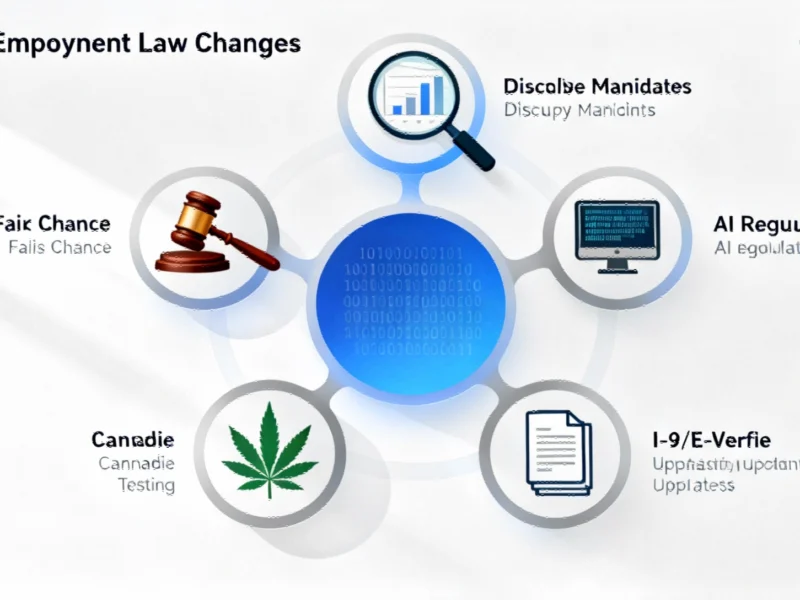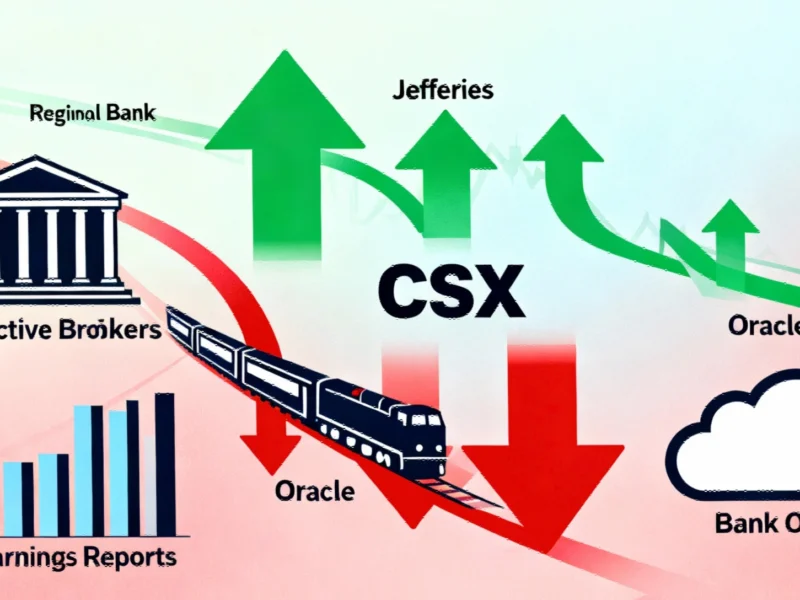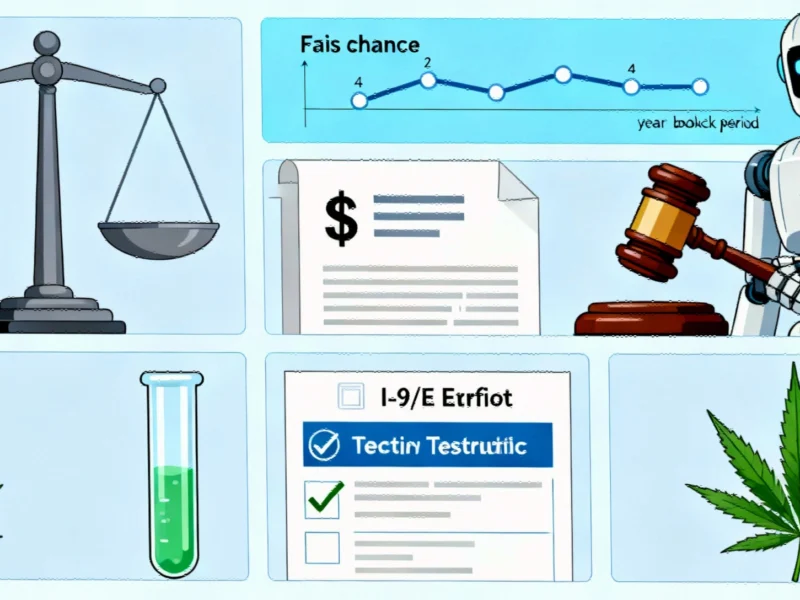The Changing Face of Employment Compliance
As we move through 2025, industrial employers face an increasingly complex web of employment law changes that demand strategic adaptation. The third quarter has brought significant regulatory shifts affecting hiring practices, compensation transparency, and workplace technology integration. These developments represent more than just policy updates—they signal a fundamental transformation in how compliance must be woven into daily operations.
Criminal Background Check Reforms Gain Momentum
Several jurisdictions have substantially revised their approach to criminal history in employment decisions. Philadelphia’s amended ordinance, effective January 2026, introduces strict limitations on misdemeanor lookback periods and creates new procedural requirements. Employers must now provide detailed written notices before taking adverse action based on criminal records and allow ten business days for candidate response.
Washington state follows suit with even broader changes effective July 2026 for larger employers. The revised law prohibits consideration of arrests or juvenile convictions and mandates written individualized assessments for any disqualification based on criminal history. These developments reflect a broader trend toward fair chance hiring practices that industrial employers must integrate into their talent acquisition strategies.
Minneapolis has taken perhaps the most dramatic step by adding “justice-impacted status” as a protected category. This comprehensive protection covers arrests, charges, convictions, probation, and incarceration regardless of outcome. Employers must now conduct six-factor individualized assessments for any criminal history evaluation, making blanket exclusions legally indefensible.
Pay Transparency Becomes the Standard
The movement toward salary disclosure requirements continues to expand geographically and deepen in complexity. Massachusetts now mandates that employers with 25 or more workers disclose salary ranges in all job postings, promotions, and internal transfers. Larger employers face additional demographic pay data reporting obligations, with penalties reaching $25,000 per violation.
Cleveland’s new ordinance prohibits salary history inquiries while requiring range disclosures for all positions, including part-time and temporary roles. Vermont extends similar requirements to employers with just five workers, while Washington state refines its existing framework with practical compliance mechanisms. These major employment law shifts are reshaping how organizations approach compensation strategy and external communications.
The Washington Supreme Court’s recent Branson decision adds another layer of complexity by broadly defining who qualifies as an “applicant” under state law. This interpretation increases litigation risk and places greater emphasis on maintaining precise, compliant job postings.
Cannabis Policy Divergence Creates Compliance Challenges
As medical cannabis programs expand, employers face conflicting obligations between state protections and workplace safety concerns. Texas has broadened its Compassionate-Use Program while maintaining employer rights to enforce zero-tolerance policies. However, Minnesota’s new notice requirements create procedural hurdles for employers who test medical cannabis users in safety-sensitive positions.
Iowa has streamlined drug testing notification procedures while clarifying safety-sensitive role designations. These industry developments highlight the importance of reviewing job descriptions and internal documentation to support workplace policy decisions.
AI and Data Privacy Regulations Intensify
Artificial intelligence regulation in employment continues to evolve at a rapid pace. California’s Civil Rights Department has finalized regulations holding employers liable for discriminatory outcomes caused by AI systems, even when third-party vendors are involved. Employers must retain all Automated Decision Systems records for four years, creating significant documentation burdens.
Texas’ new TRAIGA legislation prohibits intentional discrimination via AI systems but provides employers with a 60-day cure window before enforcement begins. Meanwhile, Colorado’s AI Act implementation has been delayed to June 2026, giving employers additional preparation time for mandatory risk assessments and algorithmic disclosures.
Governor Newsom’s veto of SB 7 leaves California employers relying on existing CRD regulations for AI guidance. The vetoed bill would have required notification when AI is used in employment decisions and mandated human oversight for automated adverse actions. As these related innovations continue to transform workplace technology, compliance frameworks must keep pace.
Data Privacy Enforcement Expands to Employment Context
In a landmark enforcement action, California’s Privacy Protection Agency fined a nationwide retailer $1.35 million for CCPA violations related to job applicant data collection. This case marks the first major CCPA enforcement targeting employment-related information and signals increased scrutiny of hiring data practices.
Maryland’s MODPA legislation, while excluding HR data, imposes strict requirements around data minimization and consumer rights that may affect employer marketing activities. These developments coincide with broader market trends toward enhanced data protection across all business functions.
Strategic Preparation for Coming Changes
Forward-thinking industrial employers are taking proactive steps to address these compliance challenges. Many are conducting comprehensive audits of hiring workflows, revising background check protocols, and implementing robust documentation systems for pay range determinations.
The convergence of these regulatory changes creates both compliance obligations and strategic opportunities. Organizations that successfully integrate these requirements into their talent management practices may gain competitive advantages in attracting and retaining skilled workers. As with any significant operational shift, early preparation and systematic implementation will be crucial for success.
While navigating these complex employment law changes, industrial leaders should also monitor recent technology developments that could impact workplace safety and efficiency. The interconnected nature of regulatory compliance, technological advancement, and workforce management requires holistic strategic planning for the remainder of 2025 and beyond.
This article aggregates information from publicly available sources. All trademarks and copyrights belong to their respective owners.



